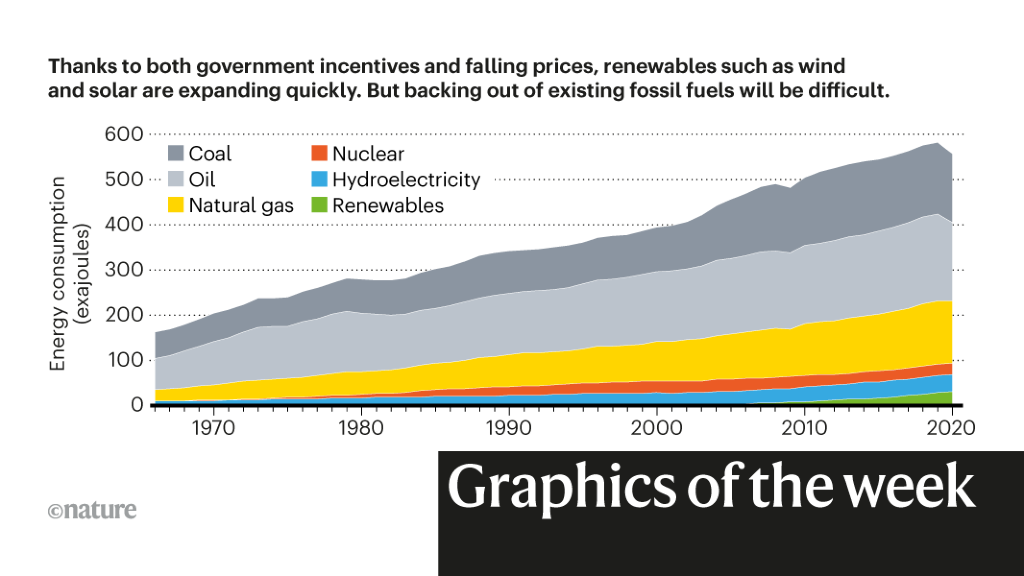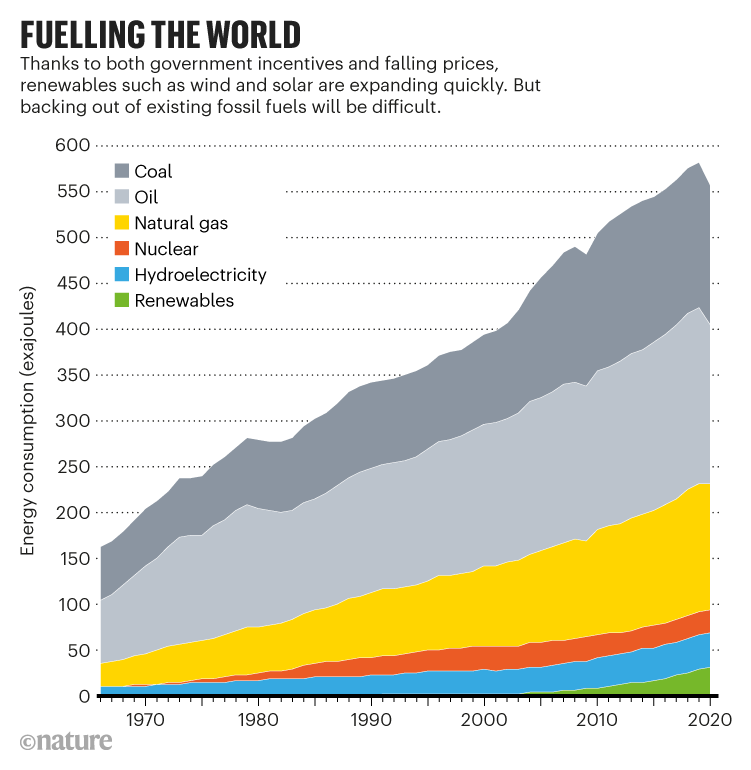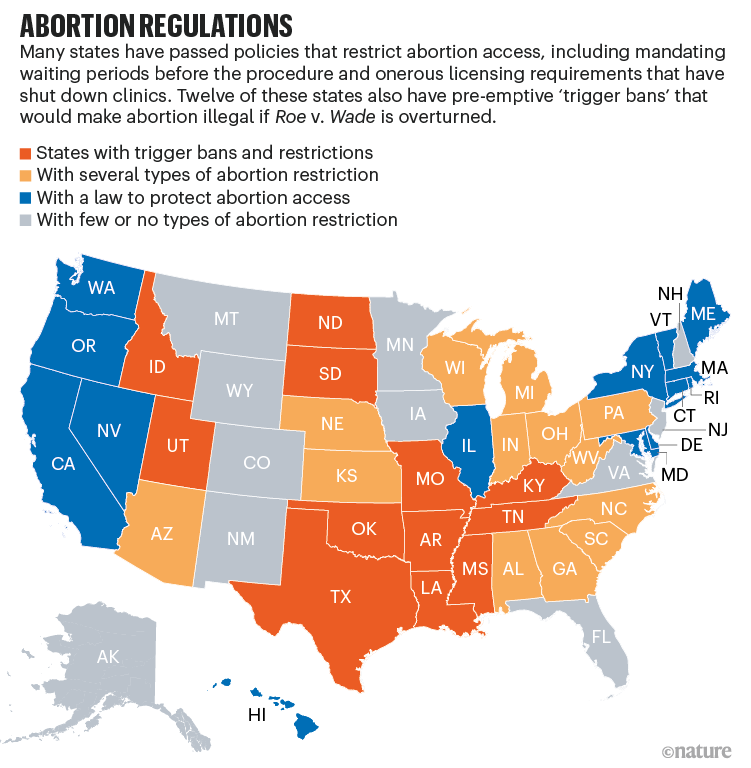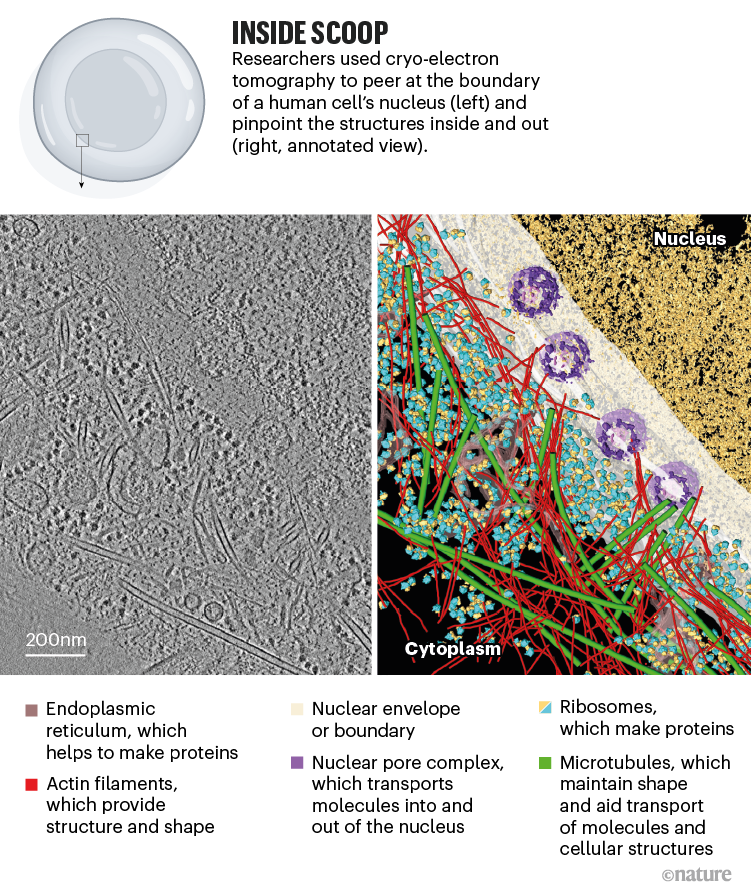An end to fossil fuels?
Some 20,000 people from 196 countries — including world leaders, scientists and activists — will converge in Glasgow, UK, on 31 October for COP26, the most anticipated United Nations climate summit in years. For many, the real challenges will come after the meeting in ensuring that governments actually follow through on their promises at home. This is particularly true for vague pledges by some nations to achieve carbon neutrality by 2050. What scientists want to see is definitive action taken to move away from fossil fuels. The price of energy from renewable sources such as wind and solar has plummeted over the past decade, and in many places these sources are now cheaper than fossil fuels. In a report published on 13 October, the International Energy Agency projected that under current policies, coal consumption will peak and begin to decline as early as 2025; a peak in oil consumption will follow around a decade later. But the global economy still runs on fossil fuels, and scientists say the path forward will be anything but easy.
US abortion access
An upcoming case in the US Supreme Court might hasten the end of abortion across roughly half of the United States. The case, to be heard by the Supreme Court on 1 December, is between the state of Mississippi, which has issued a ban on abortion after 15 weeks of pregnancy, and the Jackson Women’s Health Organization, the only clinic in the state that provides abortions. In lower US courts, the clinic has successfully argued that the ban violates Roe v. Wade, the landmark 1973 Supreme Court decision that enshrined the federal right to an abortion until the point that a fetus can live outside the womb — a ‘viability standard’ typically set at 22 or 24 weeks of pregnancy. Since Roe, many states have diminished abortion access by, collectively, issuing more than 1,000 restrictions on the procedure. But legal analysts say the Mississippi case is the first in the Supreme Court in 30 years that could directly overturn or significantly undermine that long-standing precedent. Should the court effectively end Roe, 12 states have policies designed to ban most abortions immediately, and — on the basis of existing and pending policies — researchers predict that another 8 to 10 could follow suit.
Visualizing a human cell
Imaging techniques such as cryo-electron tomography (cryo-ET) have started to allow scientists to see biological molecules in their natural environments. Unlike older methods that take individual proteins out of their niches to study them, these techniques provide a holistic view of proteins and other molecules together with the cellular landscape. Wolfgang Baumeister, a biophysicist at the Max Planck Institute of Biochemistry in Martinsried, Germany, and his colleagues used a technique called cryo-FIB milling, which allows researchers to slice cells thinly before placing them under an electron microscope, to visualize how molecules were arranged in the vicinity of the nucleus in a human cell. Their work revealed how previously unseen, nanometre-thin filaments provided structural support to the nucleus — making it one of the stiffest organelles in animal cells.










More News
Could bird flu in cows lead to a human outbreak? Slow response worries scientists
US halts funding to controversial virus-hunting group: what researchers think
How high-fat diets feed breast cancer